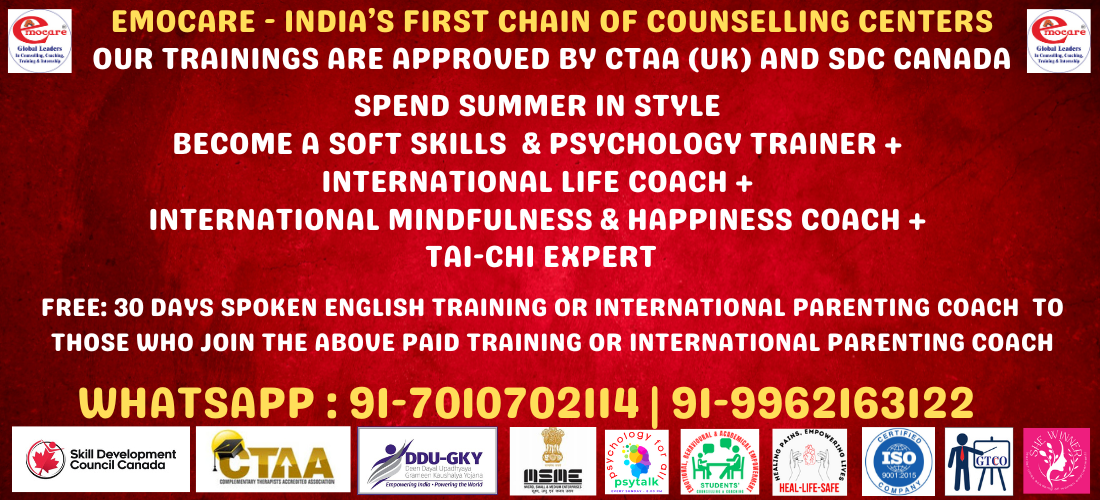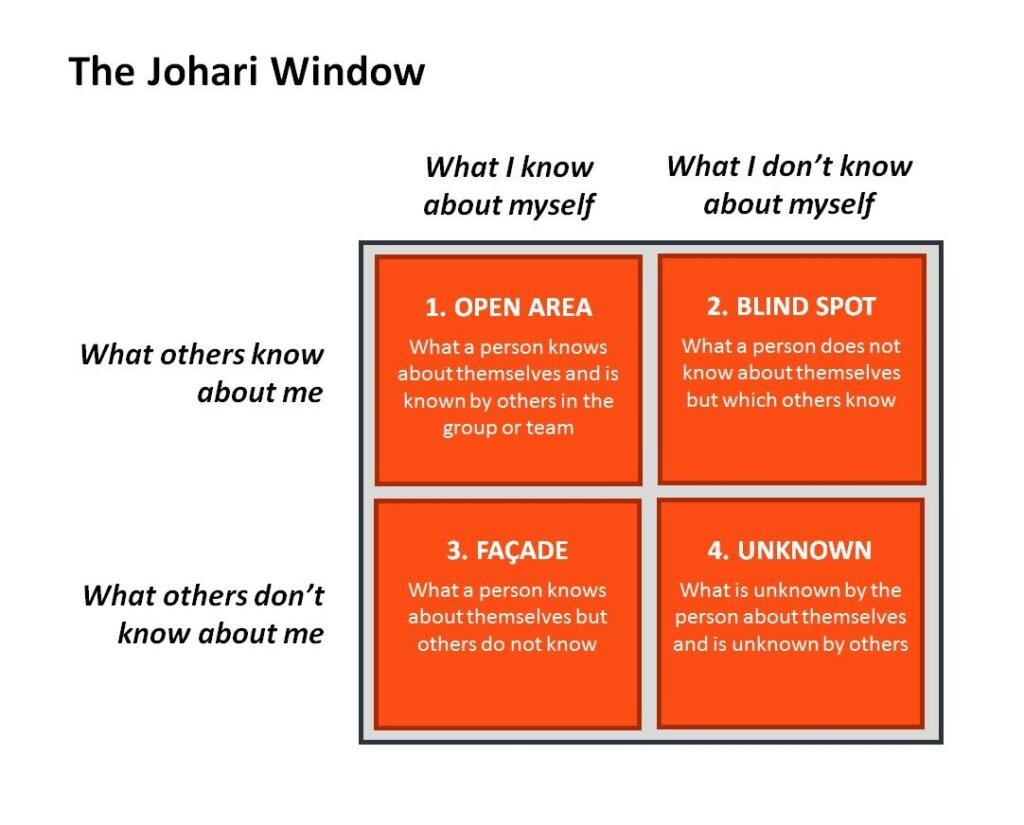
Understanding Flow in Positive Psychology
YOU CAN SEE THE COMPLETE IMMERSION AND FOCUS IN ALL THE ABOVE ACTIVITIES, SO THAT THEY HAVE ACHIEVED GREATNESS IN LIFE
Understanding Flow in Positive Psychology
In positive psychology, flow refers to a state of complete immersion and focus in an activity, where one experiences a sense of energized focus, full involvement, and enjoyment. Coined by psychologist Mihaly Csikszentmihalyi, flow is characterized by a deep sense of satisfaction and fulfillment, often described as being “in the zone.”
During flow, individuals are fully engaged in an activity, losing track of time and experiencing a sense of effortless concentration. They are motivated intrinsically, finding the activity itself rewarding and enjoyable. Flow can occur in a variety of contexts, such as work, hobbies, sports, or creative pursuits.
Flow is often associated with several key components: In Jo-Harry window, if some one is having more of open area, they can FEEL the FLOW more easily.
The Jo-Hari Window: Understanding Self-Awareness

johari window
The Jo-Hari Window is a psychological tool used to enhance self-awareness and improve interpersonal communication. It was developed by psychologists Joseph Luft and Harry Ingham, hence the name Jo-Hari. The window consists of four quadrants that represent different aspects of our self-awareness:
Examples of the Four Quadrants of the Jo-Hari Window
1. Open Area: This quadrant represents the aspects of ourselves that are known to us and others. It includes our behaviors, attitudes, and feelings that we openly express. For example, if someone is confident and outgoing, these traits would be part of their open area.
2. Blind Spot: The blind spot quadrant represents aspects of ourselves that others can see, but we are unaware of. These are often blind spots in our behavior or personality that we may not recognize. For example, someone may have a tendency to interrupt others during conversations without realizing it.
3. Hidden Area: The hidden area represents aspects of ourselves that we are aware of, but choose not to reveal to others. These may include personal thoughts, fears, or insecurities. For example, someone may have a fear of public speaking but keep it hidden from others.
4. Unknown Area: The unknown area represents aspects of ourselves that are unknown to both us and others. These may include unconscious thoughts, repressed memories, or undiscovered talents. As we gain self-awareness, some aspects of the unknown area may shift into other quadrants.
Applications of the Jo-Hari Window in Counseling
The Jo-Hari Window is widely used in counseling and therapy settings to facilitate self-awareness, personal growth, and improved communication. Some of the key applications include:
1. Increasing Self-Awareness: The Jo-Hari Window helps individuals gain a clearer understanding of their own strengths, weaknesses, and blind spots. By exploring the different quadrants, individuals can identify areas for personal growth and development.
2. Enhancing Communication: The Jo-Hari Window can be used to improve interpersonal communication by increasing mutual understanding and empathy. By sharing information from the hidden and blind spot quadrants, individuals can build trust and strengthen relationships.
3. Managing Conflict: The Jo-Hari Window can be a valuable tool in resolving conflicts. By identifying areas of disagreement or misunderstanding, individuals can work towards finding common ground and developing effective solutions.
4. Facilitating Personal Development: The Jo-Hari Window can be used to guide personal development and self-improvement efforts. By expanding the open area and reducing the blind spot, individuals can enhance their self-confidence, self-esteem, and overall well-being.
Why the Open Area in the Jo-Hari Window Should Be More
The open area in the Jo-Hari Window should ideally be more extensive because it promotes self-awareness, transparency, and effective communication. When the open area is larger, individuals have a better understanding of their own strengths and weaknesses, which allows them to make informed decisions and take appropriate actions.
A larger open area also fosters trust and authenticity in relationships. When individuals are open and honest about their thoughts, feelings, and intentions, it creates a safe space for open dialogue and understanding. This can lead to stronger connections, improved collaboration, and more effective problem-solving.
Furthermore, a larger open area enables individuals to receive feedback and learn from others. By being receptive to feedback, individuals can gain valuable insights about themselves and make necessary adjustments for personal growth.
In conclusion, the Jo-Hari Window is a powerful tool for self-awareness and interpersonal communication. By understanding the four quadrants and focusing on expanding the open area, individuals can enhance their personal and professional relationships, promote personal growth, and cultivate a more fulfilling life.

Understanding Sexual Orientation and Factors for a Healthy Sex Life
Sexual orientation refers to an individual’s enduring pattern of emotional, romantic, and/or sexual attractions to men, women, both genders, or none. It is an intrinsic aspect of a person’s identity and can be experienced as heterosexual, homosexual, bisexual, or asexual.
It is important to note that sexual orientation is not a choice or something that can be determined by external factors. It is a deeply personal and individual aspect of one’s identity.
When it comes to checking the sexual orientation of a partner, it is crucial to approach the topic with respect, sensitivity, and open communication. It is not appropriate to assume or try to determine someone’s sexual orientation without their consent.
Instead, focus on fostering a safe and supportive environment where both partners can openly discuss their feelings, desires, and experiences. Trust and understanding are key in any relationship, and this extends to discussions about sexual orientation.
A healthy and satisfying sex life is influenced by various factors. While each individual and relationship is unique, here are 20 important factors that can contribute to a fulfilling sexual experience:
- Communication and openness
- Consent and boundaries
- Mutual respect and trust
- Emotional intimacy
- Physical attraction
- Variety and experimentation
- Understanding and empathy
- Shared values and beliefs
- Compatibility
- Sexual compatibility
- Exploration of fantasies
- Foreplay and arousal techniques
- Stress management
- Body positivity
- Self-confidence
- Health and well-being
- Intimacy outside the bedroom
- Continued learning and growth
- Adaptability and flexibility
- Resolving conflicts constructively
Remember, a healthy sex life is not solely determined by sexual orientation but by the mutual satisfaction, understanding, and fulfillment of both partners’ needs and desires.
Learn More
Understanding Sexual Orientation and Factors for a Healthy Sex Life
Please click the below to get the sexual orientation questionaire.
https://drive.google.com/file/d/1WlJP4G8spnUH828JZFarX0-SCT-DPRa3/view?usp=sharing
Sexual orientation refers to an individual’s enduring pattern of emotional, romantic, and/or sexual attractions to men, women, both genders, or none. It is an intrinsic aspect of a person’s identity and can be experienced as heterosexual, homosexual, bisexual, or asexual.
It is important to note that sexual orientation is not a choice or something that can be determined by external factors. It is a deeply personal and individual aspect of one’s identity.
When it comes to checking the sexual orientation of a partner, it is crucial to approach the topic with respect, sensitivity, and open communication. It is not appropriate to assume or try to determine someone’s sexual orientation without their consent.
Instead, focus on fostering a safe and supportive environment where both partners can openly discuss their feelings, desires, and experiences. Trust and understanding are key in any relationship, and this extends to discussions about sexual orientation.
A healthy and satisfying sex life is influenced by various factors. While each individual and relationship is unique, here are 20 important factors that can contribute to a fulfilling sexual experience:
- Communication and openness
- Consent and boundaries
- Mutual respect and trust
- Emotional intimacy
- Physical attraction
- Variety and experimentation
- Understanding and empathy
- Shared values and beliefs
- Compatibility
- Sexual compatibility
- Exploration of fantasies
- Foreplay and arousal techniques
- Stress management
- Body positivity
- Self-confidence
- Health and well-being
- Intimacy outside the bedroom
- Continued learning and growth
- Adaptability and flexibility
- Resolving conflicts constructively
Remember, a healthy sex life is not solely determined by sexual orientation but by the mutual satisfaction, understanding, and fulfillment of both partners’ needs and desires.
Learn More
Understanding Sex Education for Couples
What is Sex Education for Couples?
Sex education for couples refers to the process of providing information and guidance on sexual health, intimacy, and relationships to individuals in committed partnerships. It aims to enhance communication, understanding, and satisfaction between partners, ultimately leading to a healthier and more fulfilling sexual relationship.
The Benefits of Sex Education for Couples
Engaging in sex education as a couple can have numerous benefits for both partners. Here are some of the key advantages:
- Improved Communication: Sex education encourages open and honest communication between partners, allowing them to express their desires, concerns, and boundaries more effectively.
- Enhanced Intimacy: By understanding each other’s needs and preferences, couples can deepen their emotional and physical connection, leading to a more satisfying and intimate relationship.
- Increased Sexual Satisfaction: Sex education equips couples with knowledge and techniques to enhance sexual pleasure, leading to greater satisfaction for both partners.
- Reduced Anxiety and Stress: Learning about sexual health and exploring concerns together can help alleviate anxiety and stress related to sexual performance or intimacy issues.
- Prevention of Sexual Problems: Sex education can help couples identify and address potential sexual problems early on, preventing them from escalating and negatively impacting the relationship.
How to Approach Sex Education for Couples
Approaching sex education as a couple requires sensitivity, respect, and a willingness to learn and grow together. Here are some tips to help you navigate this process:
- Establish Trust: Create a safe and non-judgmental space where both partners feel comfortable discussing their feelings, desires, and concerns.
- Start with Open Communication: Initiate conversations about sexual health and intimacy by expressing your own thoughts and feelings, and encourage your partner to do the same.
- Seek Professional Guidance: Consider attending workshops or seeking guidance from a certified sex therapist who can provide expert advice and support tailored to your specific needs.
- Explore Together: Engage in activities such as reading books, watching educational videos, or attending seminars together to expand your knowledge and understanding of sexuality.
- Experiment and Discover: Embrace a spirit of exploration and curiosity, trying new things and discovering what brings pleasure and satisfaction to both partners.
Common Sexual Concerns for Couples
Sexual concerns can arise in any relationship, and addressing them openly can lead to resolution and growth. Here are some common sexual concerns couples may face:
- Lack of desire or mismatched libido
- Difficulty with arousal or achieving orgasm
- Communication issues around sexual needs and preferences
- Performance anxiety or erectile dysfunction
- Pain or discomfort during sex
Signs of a Healthy Sex Life
A healthy sex life is characterized by open communication, mutual consent, and satisfaction for both partners. Here are some signs of a healthy sexual relationship:
- Regular and enjoyable sexual activity
- Respect for each other’s boundaries and desires
- Willingness to explore and try new things together
- Emotional intimacy and connection
- Ability to discuss and address concerns or issues openly
15 Tips for a Healthy Sex Life
Here are some practical tips to help you maintain a healthy and fulfilling sex life:
- Communicate openly and honestly about your desires and boundaries.
- Make time for intimacy and prioritize it in your relationship.
- Explore each other’s bodies and discover what brings pleasure.
- Practice active consent and respect each other’s choices.
- Engage in foreplay and build anticipation before sexual activity.
- Experiment with different positions and techniques to find what works best for you.
- Take care of your sexual health by practicing safe sex and getting regular check-ups.
- Manage stress and prioritize self-care to maintain a healthy libido.
- Stay physically active to improve overall energy and stamina.
- Use lubrication if needed to enhance comfort and pleasure.
- Address any underlying relationship issues that may be affecting your sexual connection.
- Stay curious and open-minded about sexuality and its possibilities.
- Continue learning and educating yourselves about sexual health and pleasure.
- Celebrate and appreciate each other’s bodies and sexual identities.
- Remember that sexual satisfaction and fulfillment can evolve and change over time, so be adaptable and open to new experiences.
By investing in sex education as a couple, you can strengthen your bond, deepen your intimacy, and create a fulfilling and satisfying sexual relationship.
Learn More
